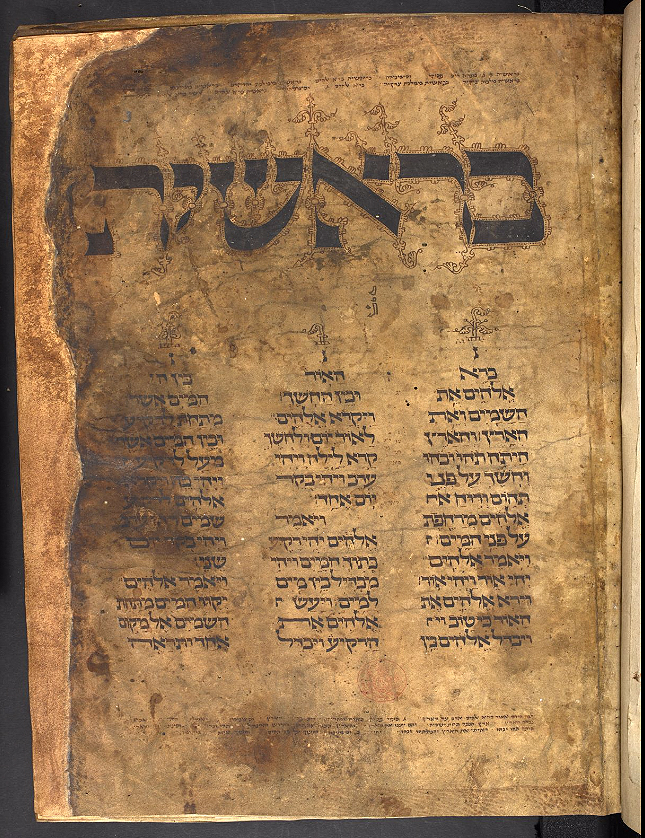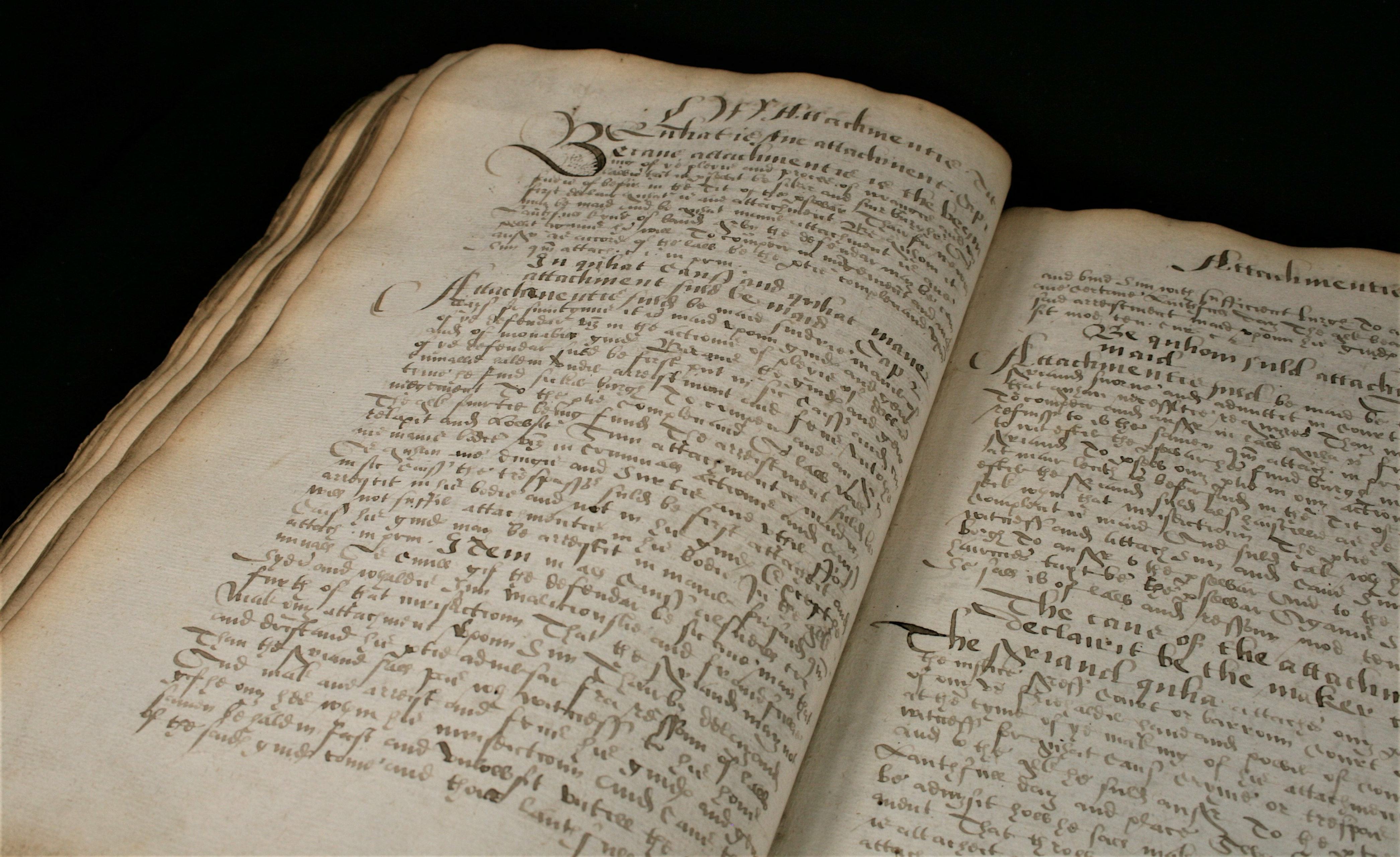
It was written by three different scribes and was corrected later thousands of times, making it one of the most corrected manuscripts in history. Written on vellum or calf’s skin, the codex has been in the Vatican Library at least since 1475.Īlong with Codex Vaticanus, Codex Sinaiticus is one of the most important manuscripts of both the Greek Old and New Testaments. Scholars speculate the manuscript was written in Egypt, possibly one of the 50 complete Bibles commissioned by Constantine the Great. It includes the Greek translation of the Hebrew Scriptures (the Septuagint or LXX) as well as the Greek Christian Scriptures, the New Testament. Fourth Century, facsimileĬodex Vaticanus (“Book from the Vatican”) is one of the earliest complete manuscripts of the Bible. The opening of the Gospel of John in Codex VaticanusĬodex Vaticanus. There are over 2500 miniscule New Testament manuscripts. Miniscule, script with smaller letters which take less space and time, began to be used in the 9th-10th centuries. Cursive is a script where the author was able to write with fewer lifts of the pen. Uncial, a script with majuscule (capital) letters which was more curved than earlier Greek writing styles, was used during the 4th-8th centuries. The earliest New Tesamnet mansucritps were in scripto continuo, a style of writing without spaces in between words.

Manuscripts can be dated by the style of script used. Since the books contain God’s sacred name, they cannot be simply thrown away. Place”) is a depository for sacred Hebrew books that are no longer usable. A genizah (Hebrew for “hiding Solomon Schechter in the Cairo Genizah This scroll from the Cairo Genizah was discovered by Jewish scholar Solomon Schechter in 1892. The version was finalized by Hebrew scribe Aaron ben Asher in the early 10th century. A group of scribes called the Masoretes, who worked in Tiberias and Jerusalem in Israel between the 5 th and 10 th centuries, added vocalizations (vowels), accents, and a textual apparatus to the Hebrew text. The early Hebrew manuscripts did not have vowel pointings, chapters, or verses. Petersburg (formerly known as Leningrad). This codex was found in Egypt and is now at The National Library of Russia in St.

1008, facsimile Psalm 119Ĭodex Leningradensis is the oldest Hebrew manuscript of the entire Old Testament. Differences between this scroll and the later Masoretic text are mostly grammatical and spelling differences.īoth this scroll and the Codex Leningradensis are open to Isaiah 40:8: “The grass withers, the flower fades, but the word of our God will stand forever.” (ESV) Although the manuscripts were written over 1000 years apart, the Word of God had never changed.Ĭodex Leningradensis, A.D. The scroll was written on seventeen sheets of parchment, connected into a scroll. The Great Isaiah Scroll is one of the original Dead Sea Scrolls discovered in 1947 and is the most complete of the DeadSea Scrolls found in the Qumran Caves. Great Isaiah Scroll, 202-107 B.C., facsimile College of Education & Behavioral Sciences.Office of Institutional Research & Effectiveness.


 0 kommentar(er)
0 kommentar(er)
